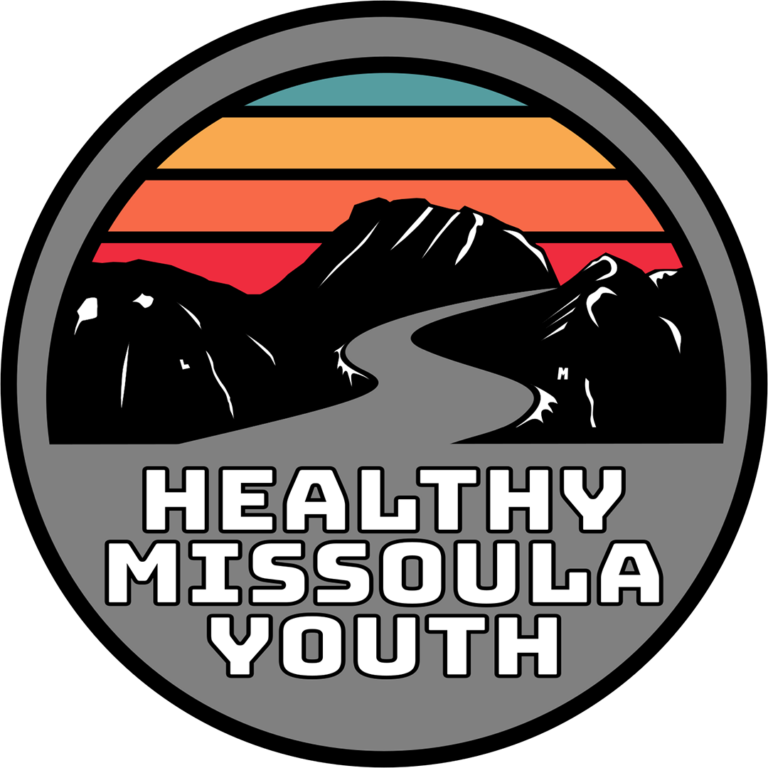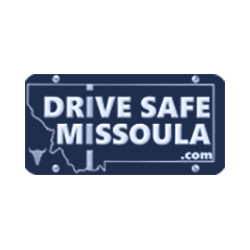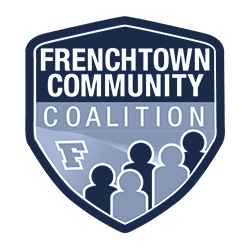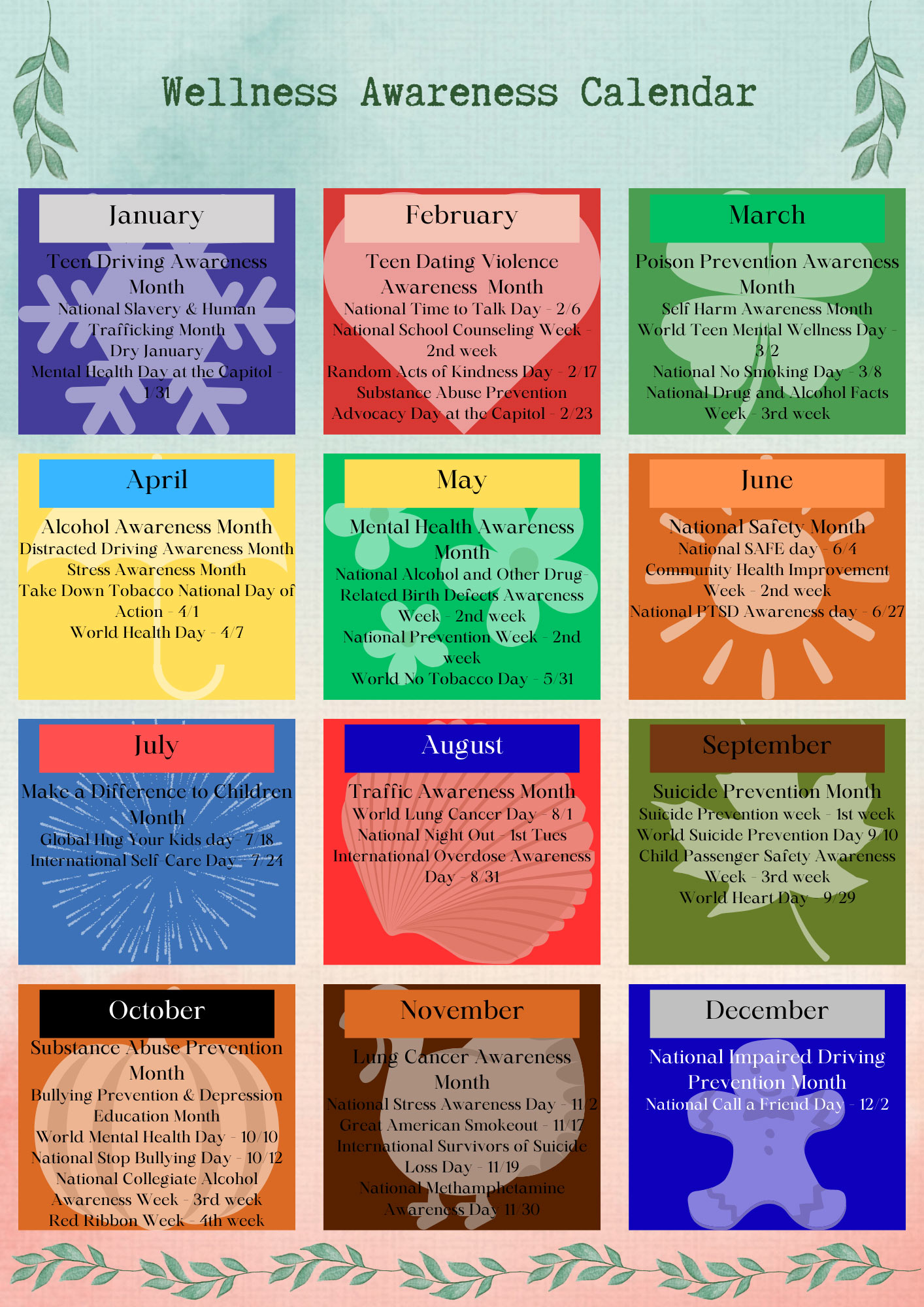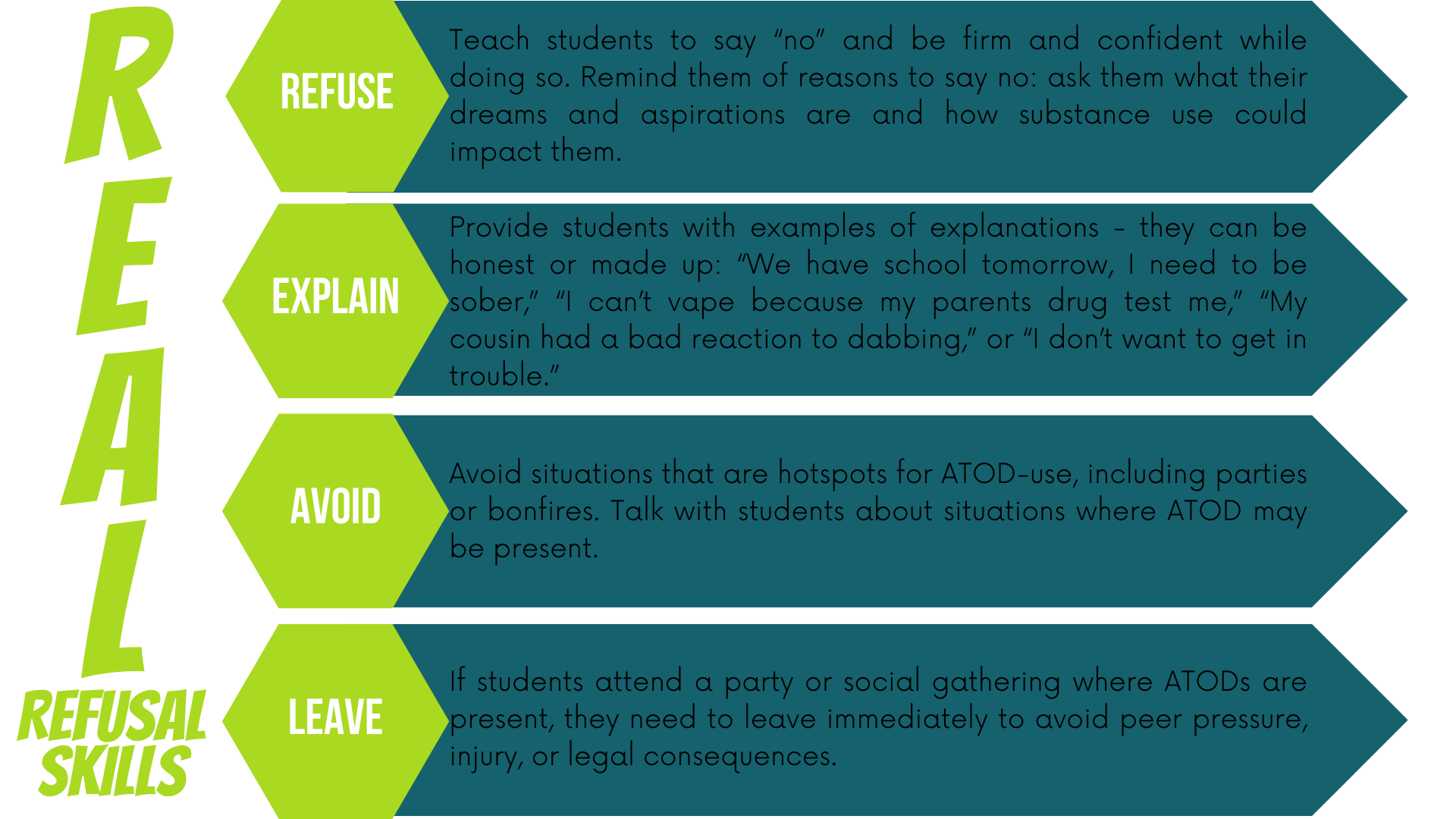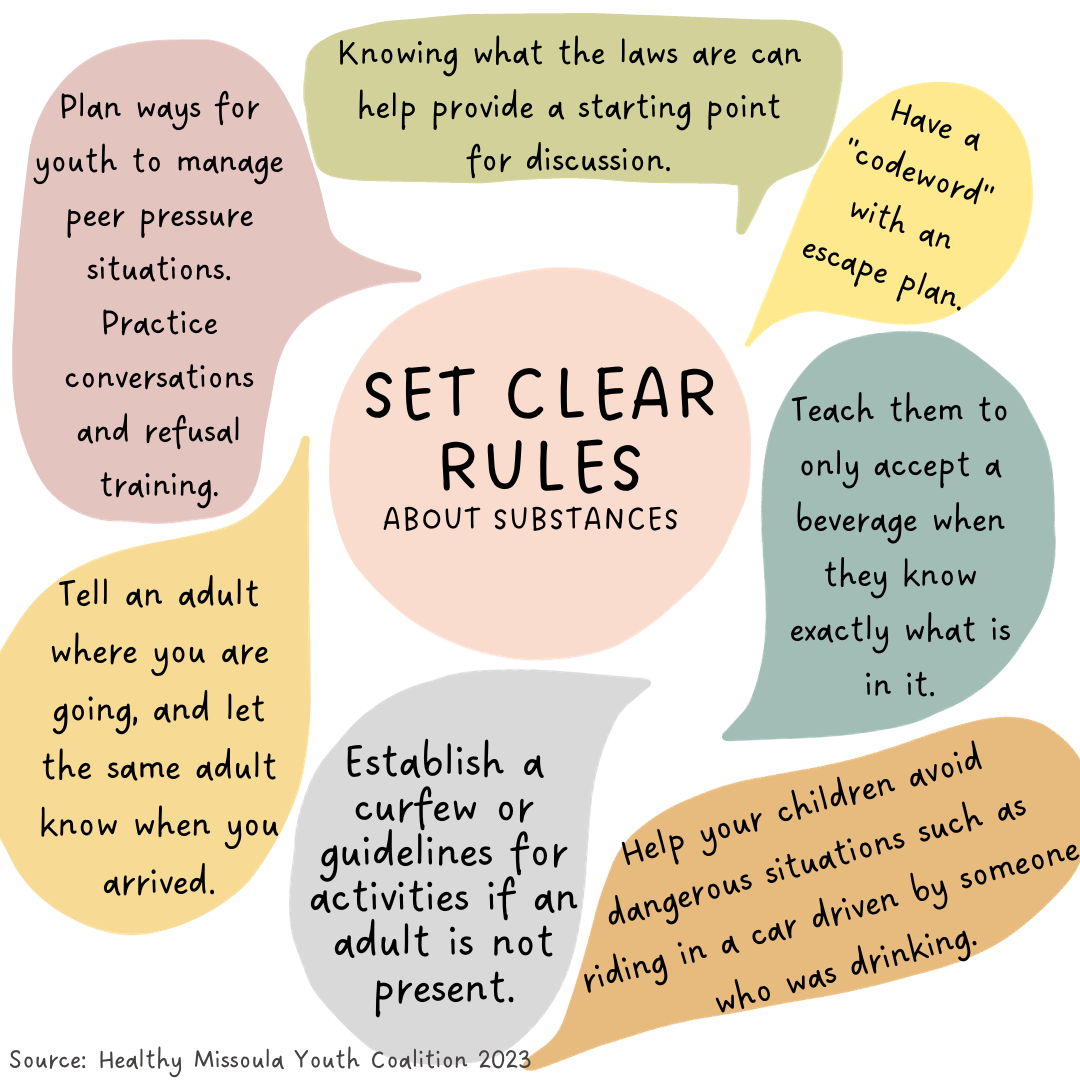Equipping Parents
to Talk with Their Kids
About Cannabis
10 Facts to Know About Cannabis
Most Don’t Use
Potency
5% THC potency
was the average for the cannabis flower in 2000, (the part that produces the “high”), but it’s not uncommon to see products today that are 80 - 90% THC.
Learn More
Memory Loss
Marijuana use affects attention span, learning, memory, and problem solving abilities, particularly for youth.
Learn MoreAddiction
Suicide
Heavy Marijuana users are more likely to report thoughts of suicide than nonusers.
Learn MoreDUIs
20-30% higher odds
of a Motor Vehicle Crash while driving under the influence of Marijuana.
Learn More
Lower IQ
5.5-8 point decline
in IQ from childhood to midlife for Long-term marijuana users (typically by 5.5 points, though as much as 8). These IQ points may not be fully recovered over time.
Learn More
Psychosis
Increased risk
of developing schizophrenia and other psychoses is caused by Cannabis use; the higher the use, the greater the risk.
Learn More
Anxiety
Increased risk
for developing social anxiety disorder likely caused by Consistent marijuana use.
Learn More
Dropping Out
2x more likely to drop out
Students who start using cannabis early are 2x more likely to drop out of high school than those who don’t use cannabis.
Learn More
Conversation Tips
Get additional help with this Resource Guide!
If you’re concerned about your child’s substance use or mental health, it is difficult to know what to do or who to call for help. Here is a simple guide with community services in our area that may help.

